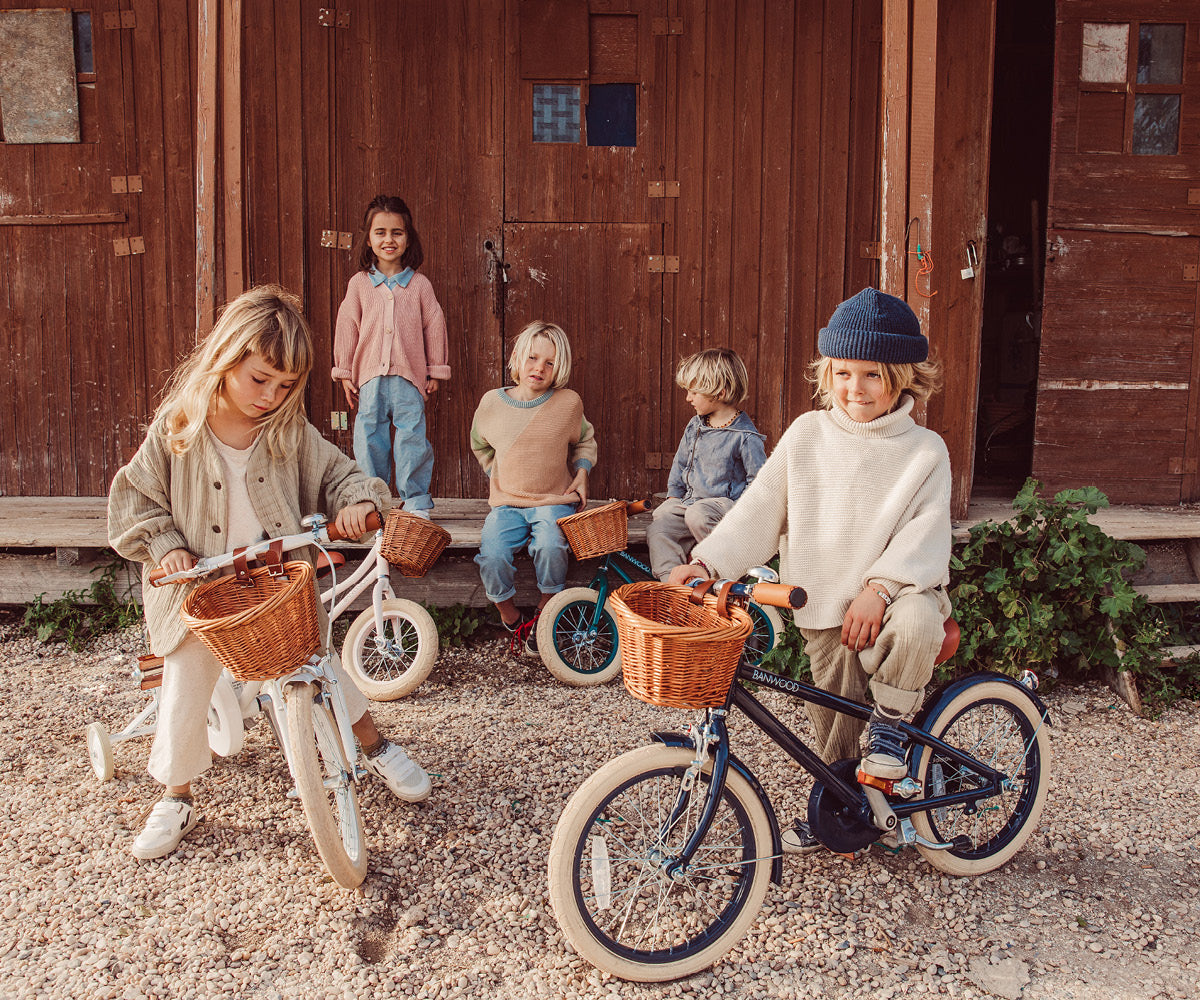
Chenoa Pelligra is a handwork teacher at Ak Lu’um Waldorf Community in Playa del Carmen, Mexico. She also offers remote workshops and a wonderful instagram where you can find inspiration for weaving projects.
Today she's sharing a perfect first loom building and weaving experience for young children, typically around age 6, who are ready to be introduced to handwork or for an older child/adult who is new to weaving.
The benefits of weaving are many, to name just a few:
Hand-eye coordination
The ability to understand and follow processes
Sense of pride and achievement
Sensorial experience of fibers
Active creation
Connection to the natural world
Focused attention on the task at hand
Problem solving
Patience
Fine motor dexterity
Materials Needed:

To make the loom:
A special stick- a minimum of six inches long and about the thickness of your index finger.
A piece of cardboard 9 x 4.5 inches
Ruler
Scissors
Pencil
Yarn
To weave:
Wool or cotton yarn in a variety of colors
Yarn needle
Wool roving (optional)
We start with making the loom, to begin draw a line half an inch from the top and bottom of your 9 x 4.5inch piece of cardboard.

Next mark every half inch down both of those lines and then draw 8 lines going from those marks to the edge of the cardboard.

Using your scissors cut long those 8 marked lines at the top as well as the 8 along the bottom.

Next fold the cardboard one inch in from the top and bottom edges, so half an inch in from where you drew those original lines.
Now it’s time to warp the loom (the yarn that is stretched on the loom)
Cut 8 string 24 inches long.

Fold all 8 in half and attach them to your stick using a Larks Head Knot.
Next slide these into the 8 cuts you have in your cardboard both the top and the bottom.
To keep the warp stretched and the cardboard folded up tie knots long the side opposite the stick. Now your loom is ready!

Time To Weave
You will work from the stick towards the knots as you weave. Cut a length of yarn as long as your arm and tie it to the first warp yarn leaving a tail (the end of the yarn at least 1.5 inches long, at the end we will weave these in).

Now you will work using your fingers to weave the yarn over and under, over one and under one, over the next and under the following one until you reach the end of the first row.

Turn and do your second row of weaving making sure that the ones you went under you now go over, and the ones you went over you now go under. Push the weaving down unto its place and continue. Tie off and add more yarn when necessary.

Optional: To give shape to you weaving you can turn around before reaching the end of your rows.
You can also weave in wool roving to give it more texture.



Once the loom is full of your beautiful weaving it is now time to weave in the ends using a yarn needle. Thread the needle and weave the end in under two or three stitches and then cut. This will secure and hide the ends.

Now it is finally time to take the weaving off the cardboard.

To keep the weaving from slipping down tie the strings at the bottom together two by two and then cut to the desired length. You may also add a string at the top to hang your new weaving up by.


For your next weaving, you already have the cardboard prepared just go outside to search for another stick!












Thank You for this tutorial! My home schoolers will love this! This was very inspiring. Greetings from Finland!
Thank you so much for sharing these instructions, they are so easy to follow. I can’t wait to try these with my students.
This a brilliant use of a cardboard box, a stick and yarn too short to really knit with. Recycling at its best!
Thanks for sharing this tutorial.
This will make a beautiful “appetizer” for our half day back to school week! The third graders will love making this little gem, using up scraps of yarn, and warming up their fingers for bigger projects. Thank you Chenoa!
Leave a comment